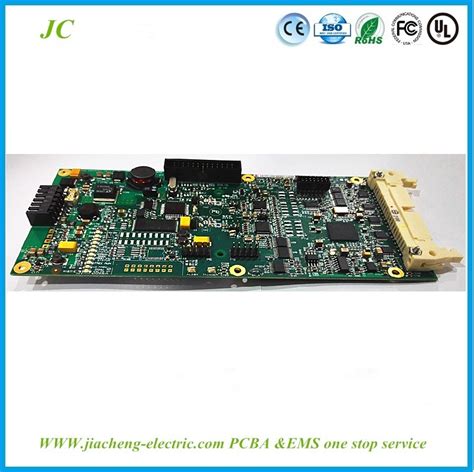
ALL ABOUT FLEX PCB
-
PCB PCBA-Devices In Which Are Applied | RAYPCB
Posted by
–
 Read more: PCB PCBA-Devices In Which Are Applied | RAYPCB
Read more: PCB PCBA-Devices In Which Are Applied | RAYPCBIntroduction to PCB and PCBA Printed Circuit Boards (PCBs) and Printed Circuit Board Assemblies (PCBAs) are essential components in a wide range of electronic devices. These boards provide a platform for mounting and interconnecting electronic components, allowing for the creation of complex circuits and systems. PCBs and PCBAs are used […]
-
RAYMING Is A Through Hole PCB Assembly Expert
Posted by
–
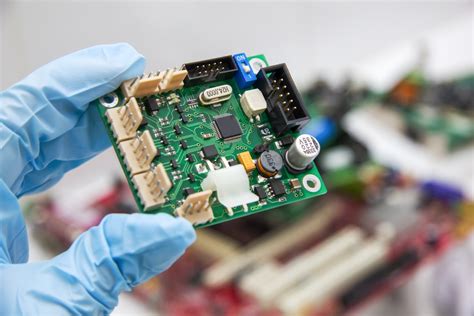 Read more: RAYMING Is A Through Hole PCB Assembly Expert
Read more: RAYMING Is A Through Hole PCB Assembly ExpertIntroduction to PCB Assembly PCB (Printed Circuit Board) assembly is the process of soldering electronic components onto a printed circuit board to create a functional electronic device. It is a crucial step in the manufacturing process of electronic products, as it determines the quality, reliability, and performance of the final […]
-
How to differ between PCB and PCBA
Posted by
–
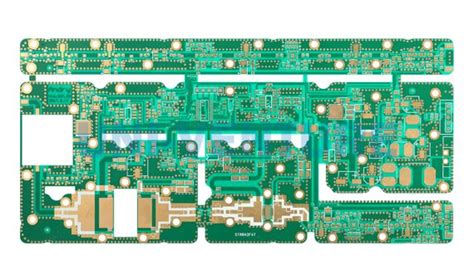 Read more: How to differ between PCB and PCBA
Read more: How to differ between PCB and PCBAUnderstanding the Basics of PCB and PCBA When it comes to electronic devices, two terms that often come up are PCB and PCBA. While they may sound similar, they refer to different stages in the manufacturing process of electronic circuits. In this article, we’ll explore the differences between PCB and […]
-
Free DFM Tool-Miracle Imagination High Tech
Posted by
–
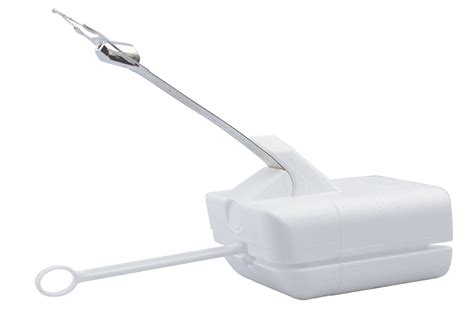 Read more: Free DFM Tool-Miracle Imagination High Tech
Read more: Free DFM Tool-Miracle Imagination High TechIntroduction to DFM-Miracle DFM-Miracle is a groundbreaking free design for manufacturability (DFM) tool developed by Imagination High Tech. It allows engineers to quickly analyze and optimize their designs to ensure they are cost-effective and easy to manufacture at scale. The powerful AI algorithms and extensive manufacturing knowledge base built into […]
-
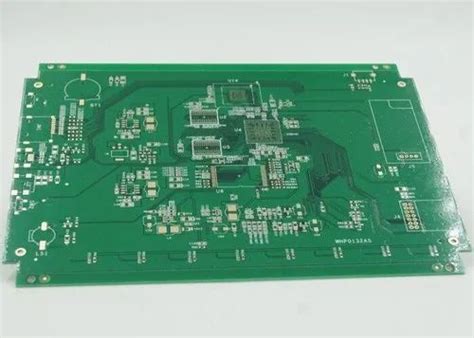 Read more: The Importance of Plated through-hole Technology in PCB Production
Read more: The Importance of Plated through-hole Technology in PCB ProductionWhat is Plated Through-Hole (PTH) Technology in PCB? Plated through-hole (PTH) technology is a crucial process in the production of printed circuit boards (PCBs). It involves creating holes in the PCB substrate and plating them with a conductive material, typically copper, to establish electrical connections between different layers of the […]
-
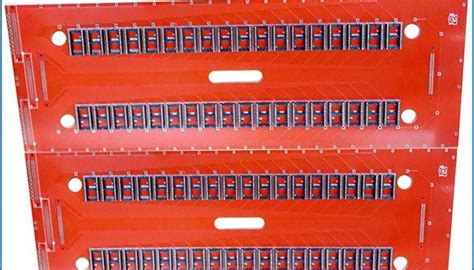 Read more: RAYMING: Your First Choice of Quick Turn PCB Manufacturing
Read more: RAYMING: Your First Choice of Quick Turn PCB ManufacturingIntroduction to RAYMING and Quick-Turn PCB Manufacturing RAYMING is a leading provider of quick-turn printed circuit board (PCB) manufacturing services. With state-of-the-art facilities and a team of experienced engineers, RAYMING offers fast, reliable, and high-quality PCB fabrication for prototypes and low-volume production runs. Quick-turn PCB manufacturing refers to the rapid […]
-
Reflow soldering on PCB
Posted by
–
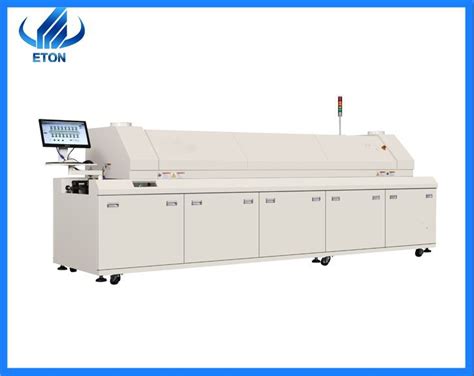 Read more: Reflow soldering on PCB
Read more: Reflow soldering on PCBWhat is Reflow Soldering? Reflow soldering is a process used to mount electronic components onto printed circuit boards (PCBs) to create permanent electrical connections. It involves applying solder paste to the PCB, placing components, and then heating the entire assembly in a reflow oven to melt the solder and form […]
-
Rigid Flex PCB vs. Flexible PCB
Posted by
–
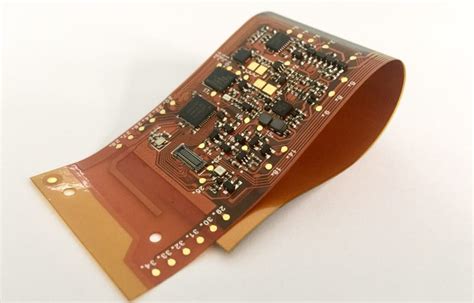 Read more: Rigid Flex PCB vs. Flexible PCB
Read more: Rigid Flex PCB vs. Flexible PCBIntroduction to Rigid-Flex PCBs and Flexible PCBs Printed Circuit Boards (PCBs) have revolutionized the electronics industry by providing a reliable and efficient way to connect electronic components. As technology advances, the demand for more versatile and compact PCBs has led to the development of Rigid-Flex PCBs and Flexible PCBs. While […]
-
PCB & Assembly Services – SEMI-FLEX pool
Posted by
–
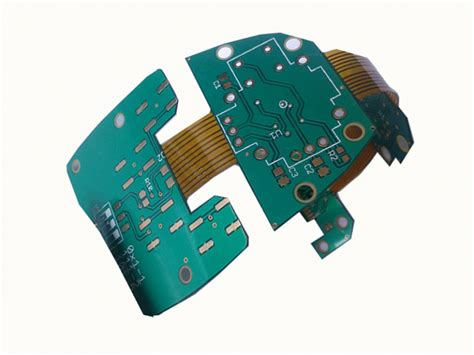 Read more: PCB & Assembly Services – SEMI-FLEX pool
Read more: PCB & Assembly Services – SEMI-FLEX poolIntroduction to SEMI-FLEX PCBs SEMI-FLEX PCBs, also known as semi-flexible printed circuit boards, are a unique type of PCB that combines the benefits of both rigid and flexible PCBs. These boards consist of a flexible substrate with rigid areas strategically placed where components need to be mounted. This hybrid design […]
-
What is a PCB Fiducial?
Posted by
–
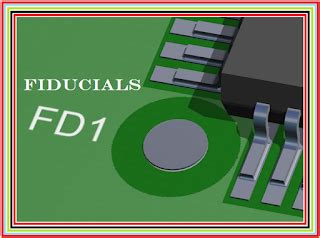 Read more: What is a PCB Fiducial?
Read more: What is a PCB Fiducial?Why are PCB Fiducials Important? PCB fiducials play a crucial role in the automated assembly process of printed circuit boards. Here are some key reasons why fiducials are important: Accurate component placement: Fiducials serve as reference points for pick-and-place machines and other automated assembly equipment to precisely locate and place […]




